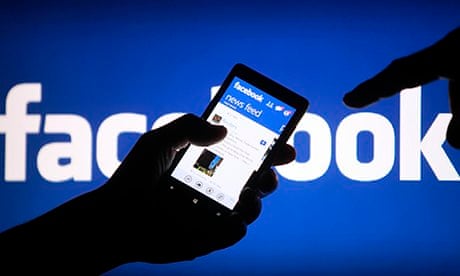Paul Berney, chief marketing officer & managing director EMEA, Mobile Marketing Association
Mobile represents an irrevocable shift: I think mobile has caused an irrevocable change in consumer behaviour. Think about it, with a smartphone in your pocket you have access to almost the sum total of human knowledge. You understand that you can click and find, click and know, click and do, or click and buy. That has to change the way that you think.
John Barnes, managing director, digital & tech, Incisive Media
Consider connection speeds: Statistics show that around 40% of the top consumer advertisers haven't optimised for smaller screens or mobile, and that most mobile users are on very slow connection speeds so that the pages are too heavy and not fit for purpose. increasingly markets should think about connection speed as a key responsive consideration, more speed more stuff, less speed less stuff!
Native advertising can help drive sales: It will be very significant as good native is engaging, fun, informative and enjoyable, and consumers most importantly find it useful and it will therefore shape opinions, help make decisions and ultimately drive sales.
Mobile marketing needs to be at the heart of businesses: In the future, mobile marketing won't be a niche or specialism, it will be at the heart of ALL marketing because most consumers will be mobile.
Matthew Blay, global business development, Telefónica Digital
SMS still part of the marketing mix: In my view, SMS still plays an important role in the media marketing mix, firstly because messaging can be tailored to smartphone devices and can exploit particular functionality (app discover, locally relevant offers, video etc) but also it is a made for mobile solution which reaches 100% of the market - in regions like Latin America where mobile adoption is increasing at an incredible speed 69% of the market are still feature phone users.
Marketers must be responsive: For marketers - they need to become more nimble and responsive to the way mobile is changing people lives - purchasing, 'liking', sharing etc. FMCG brands have been quick to recognise this. Location is a major influence if the promoted product suits the consumers needs and is available nearby. Automotive have a very different path to purchase yet many of these brands are using social/mobile to influence consumers decisions and are enjoying great success.
Gunnar Klauberg, product marketing manager, Adobe Systems
Invest in a mobile landing page: But an essential [marketing tactic] is a good mobile landing page. In some cases a mobile only page might even be the best approach, instead of spreading your efforts to thin across multiple channels. If you can think about the difference in use cases and needs a smartphone user, tablet user and desktop user might have. You might then target those use cases and build explicit support for those touchpoints.
Success lies in effective multi-channel campaigns: We do see a certain rush to get mobile up an running at the moment. And as the share in mobile ad spend now increases from 3% to possibly 30% over the next two years people are also shifting away from thinking in separate channels. Budgets are increasingly looked at from a cross-channel perspective. Mobile plays important role here from many sections in the customer journey but the success lies in playing all channels right to be consistently present across all devices. For example in-store display might increase with mobile as it becomes more interactive. Carving out budgets from desktop web for mobile is probably very dangerous.
Mobile must be relevant for the consumer: In the end the customer doesn't think about mobile or desktop, he will want to engage with your brand and choosing mobile of that is more an implicit decision and not a primary decision. So mobile has to be relevant, to the point and actionable for him. Think small snacks, only answer what was asked and don't overwhelm this tiny screen.
Adhish Kulkarni, chief marketing officer, Lumata
Integrate mobile from the beginning: With 40% of Facebook's revenue coming from mobile, the social channel has fused with mobile and Twitter is getting in on the action as well. I don't think we can think about social anymore without integrating mobile from the very beginning.
Use data to decide where to allocate mobile resources: The data has the answers. Start with the customer base to allocate resources. For instance, for Orange Wednesdays, we started predominantly with SMS as the channel. Today, more than 10% of the coupon requests come from the app.
Make mobile advertising feel seamless: Making mobile ads feel seamless and almost a core part of the proposition is quite difficult. But we see some great examples such as Waze (the social mapping app recently acquired by Google) who we help monetise their location-aware "sponsored pins".
This content is brought to you by Guardian Professional in association with Adobe
The content is produced by Guardian Professional to a brief agreed with and paid for by Adobe - all editorial controlled and overseen by the Guardian
